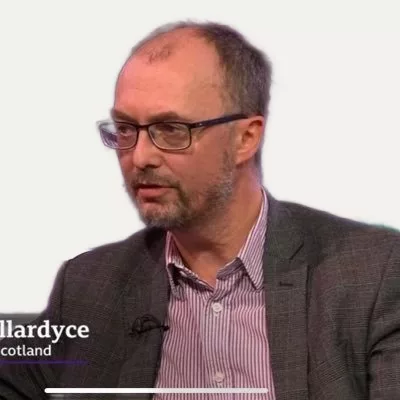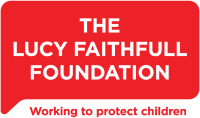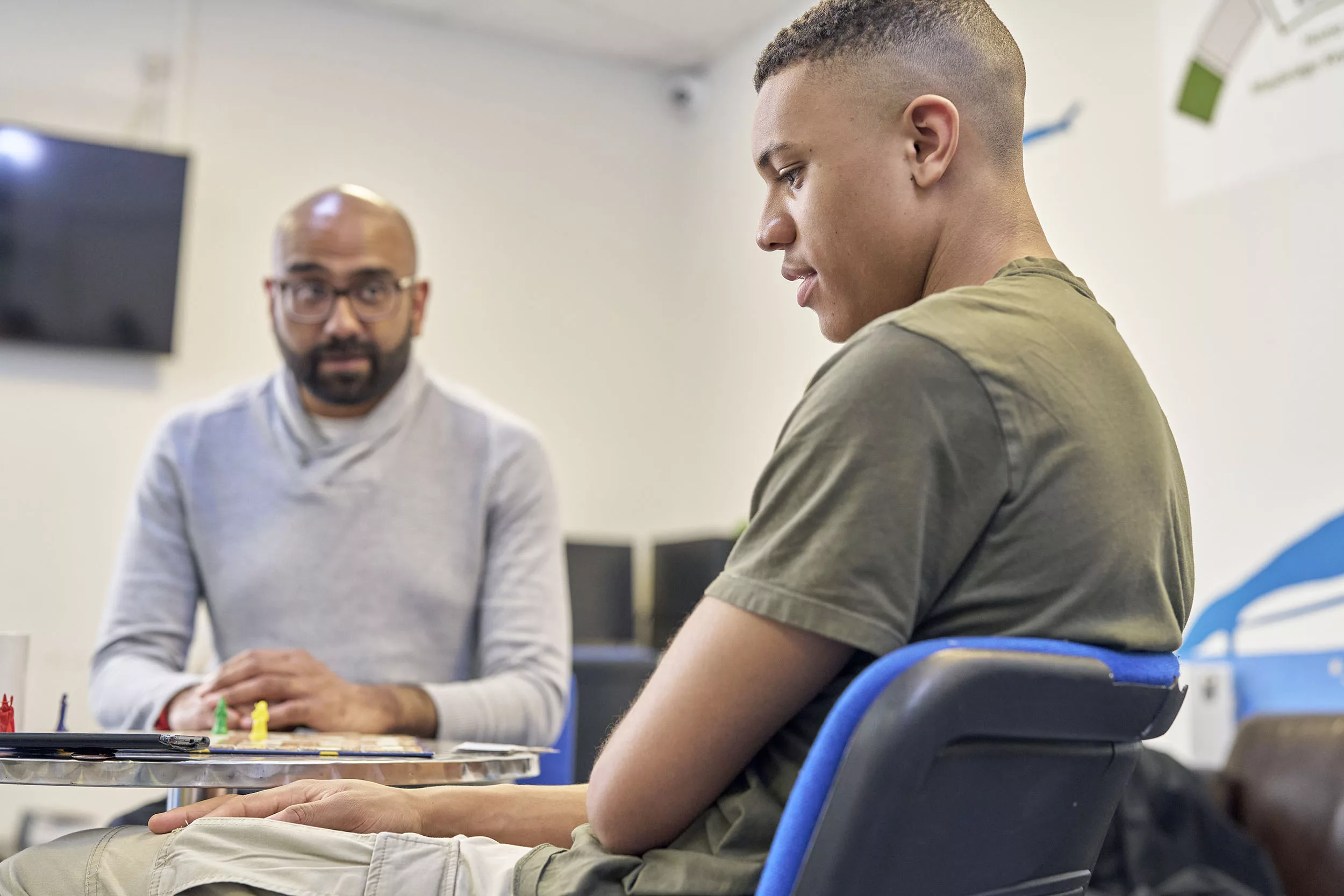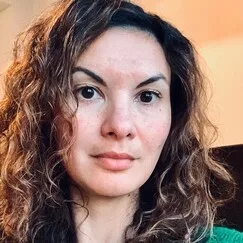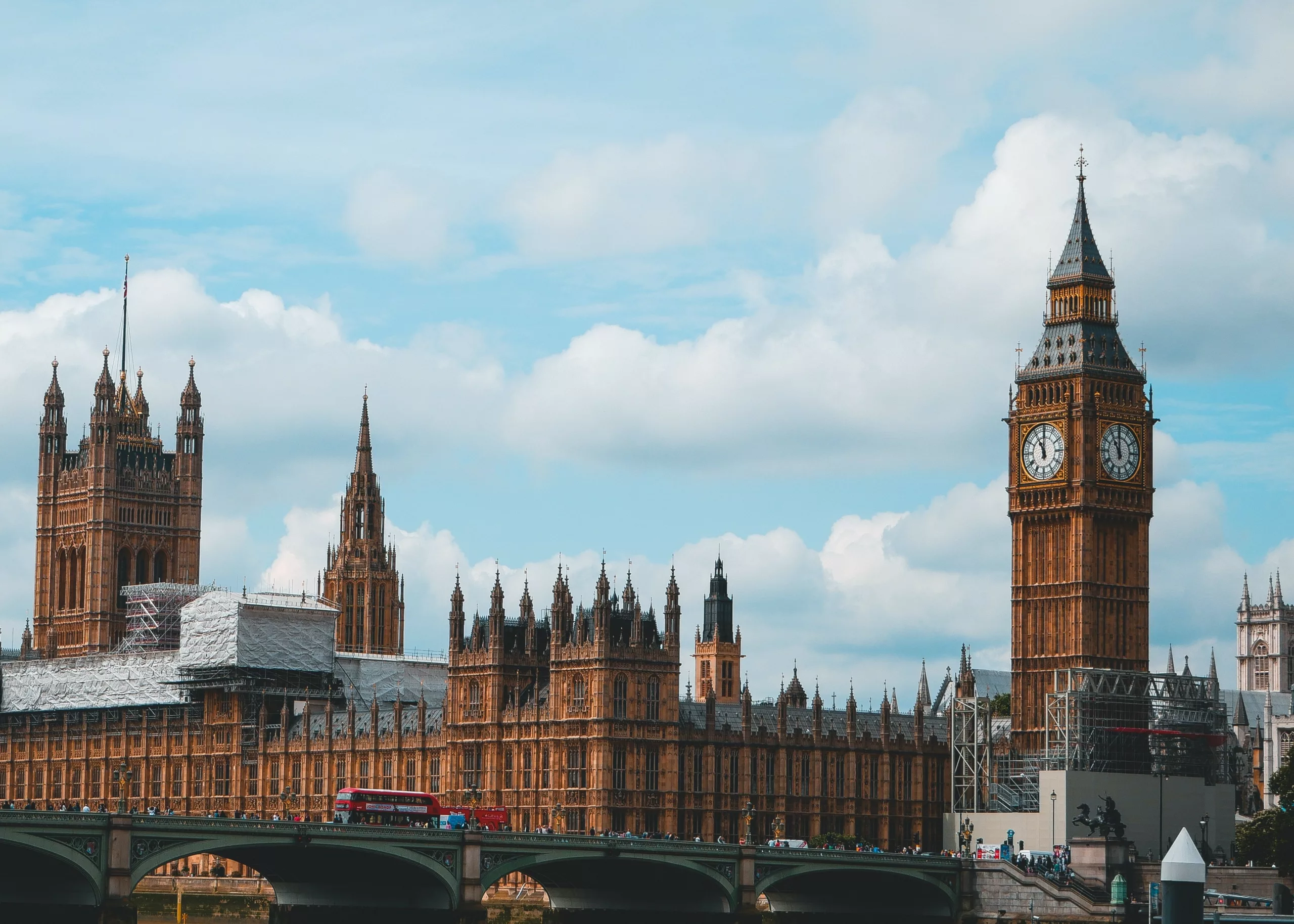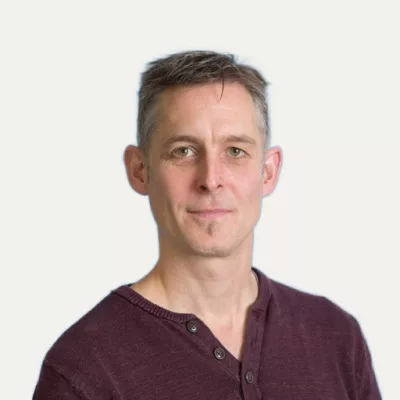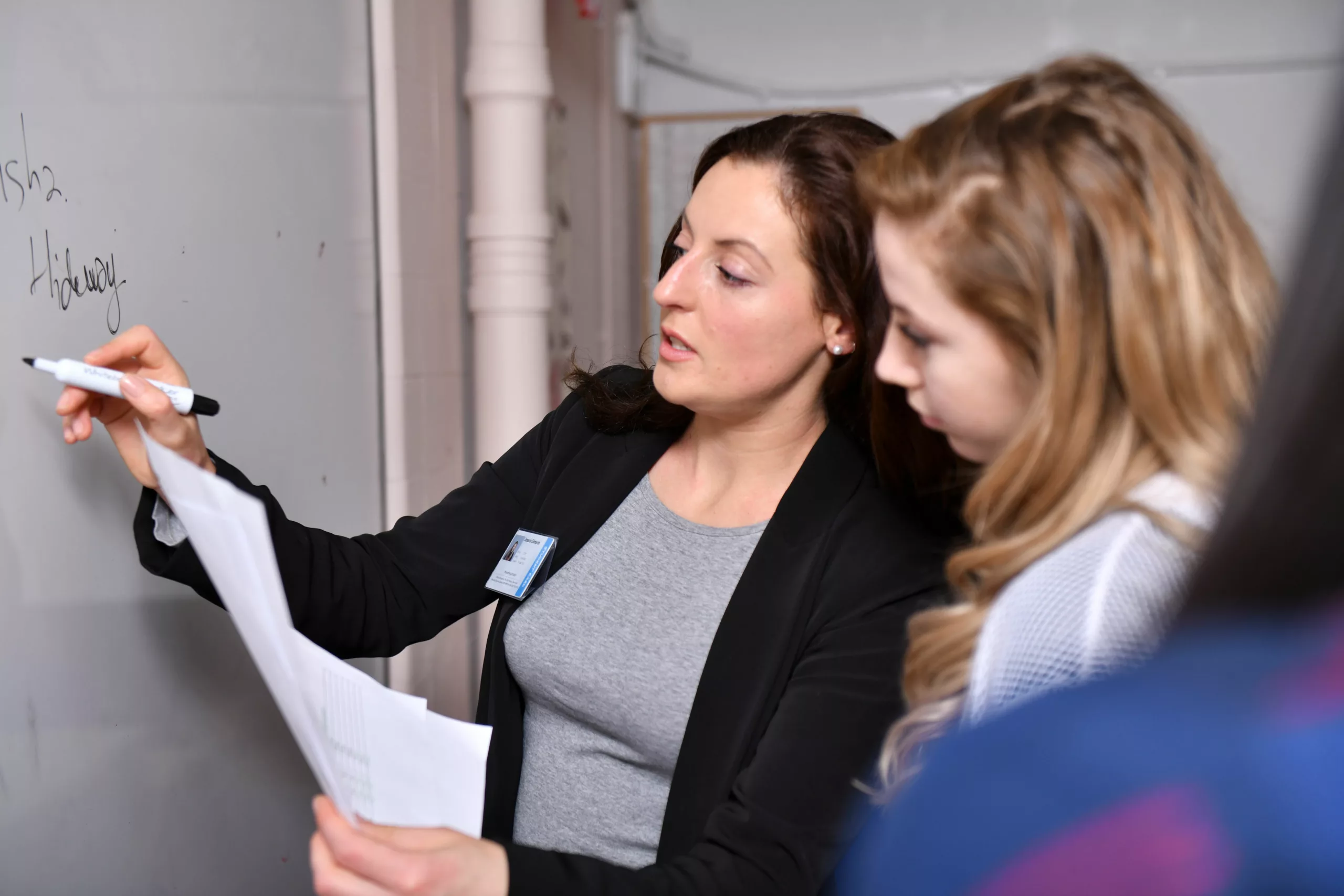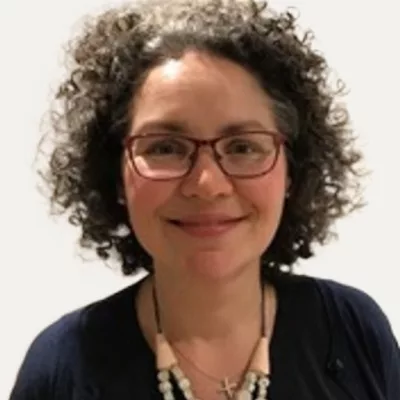Last month Peter Yates and I joined the CSA Centre team to host a virtual roundtable for policy makers and professionals, reflecting on our latest publication: Sibling Sexual Abuse: a knowledge and practice overview and the challenges and opportunities there are in building professionals knowledge, skills and confidence in this area. Sixteen representatives of policy and practice from government, charities and statutory services joined us remotely to discuss the challenges faced by professionals when working with arguably the most hidden yet likely one of the most prolific of all forms of child sexual abuse – sibling sexual abuse – to consider how we can help professionals to support children and families with confidence.
Both Peter and I used to work at a specialist harmful sexual behaviour service in Scotland and during this time a lot of the cases we worked with involved sibling sexual abuse. Peter went on into academia, conducting his PhD research specifically concerned with social worker decisions in sibling sexual abuse, whilst I am now director of Stop it Now Scotland; a child protection charity that believes preventing sexual abuse is best tackled through greater awareness. The roundtable offered a chance to focus on the challenges presented when considering sibling sexual abuse and the opportunities we might have to address these.
It may come as a surprise to some that sibling sexual abuse is thought to be the most common form of intra-familial child sexual abuse – three times more common than abuse by a parent. With the CSA Centre’s modest estimations of child sexual abuse impacting 15% of girls and 5% of boys before the age of 16, the scale of children affected by sibling sexual abuse is marked. For professionals – be that social workers, health professionals, teachers, youth workers etc. sibling sexual abuse presents a notable challenge for the very reason that both parties are children and the abuse takes place in the home, making signs and indicators challenging to identify.
We know that children who have sexually abused another sibling are likely to have experienced some form of abuse or trauma in their own lives. Most studies tell us that 30-50% of adolescents who act in sexually harmful ways have been sexually abused themselves. Clear-cut distinctions between the child that has harmed and the child who has been harmed can therefore be challenging and unhelpful. It is not always easy to separate the roles each child has played in sibling sexual behaviour. Sometimes children are drawn together for nurturance and support, in the context of other stresses or abuse within the family. Over time this abuse may become more sexualised and that desire or demand may shift and change. For others, they may emerge from family patterns where there were already distorted sexual boundaries, and a lot of chaos. Within the discussion, session attendees recognised the picture of family chaos we presented and reaffirmed that sibling sexual abuse cases are complex; with issues of parental rejection, favouritism, poor supervision etc. often also being present.
With many practitioner experiences of sibling sexual abuse within the group, we focused on what could we do to drive change: how do we identify this abuse when it can be eclipsed by so many other presenting concerns, such as general dysfunction or neglect? How do we identify and asses such cases of abuse? How we can we support the family to repair family relationships and restore family functioning? And time and time again, it came back to professional support, education and crucially – training. Simply, we need to ensure that professionals are equipped with the knowledge and skills to identify signs of concern and explore them in even the most chaotic of contexts. We need to ensure that through supervision and support that professionals have the confidence to hold the potential that a child has harmed their sibling and assess and respond appropriately. The government’s recent Tackling Child Sexual Abuse strategy made a further commitment to improving training, but we need to see the detail of exactly what this will mean. Ensuring sibling sexual abuse is covered in the curriculum for pre and post qualification training of professionals working with children, is key to enabling professionals to identify concerns and respond as early and effectively as possible.
Encountering concerns of sibling sexual abuse can be incredibly challenging, but the role we play as professionals is crucial. I know sibling sexual abuse can feel, like one mother said to me – ‘a grenade going off in the family’ – but there is hope and collective family healing is possible, with the right support. I think it’s useful to bring a bit of empathy, and consider how it feels to be a parent who has found out that their child has sexually harmed another of their children. It’s also important that we don’t pathologise families coping strategies, as there is an emotional need to be able to process and make sense of what’s happening. It is important to consider the context and family culture: stigma and shame are embedded in the views and behaviours of all families and communities and will impact how they respond to concerns.
One attendee flagged that as sibling sexual abuse is more prevalent than many realise we need professionals who have encountered it to share their knowledge and experience – reflecting on what went well, and what went less well. She suggested that many would be ‘terrified when stuff like this comes up… completely out of their depth.’ It’s a sentiment that I’m sure lots of professionals could relate to. I hope that with this new resource we can go some way in delivering a greater understanding of the nature and consequences of sibling sexual abuse, in order to provide confident practitioner responses to disclosure and identification.
We welcome feedback on the report and would love to hear how you have used it in your teams to stimulate discussion and reflection. You can contact us here.
Stop It Now! If you are worried about your own thoughts, feelings and behaviour, about another adult or young person you can call the Stop it Now! confidential helpline on 0808 1000 900. Their experienced advisors speak to thousands of people every year, helping them take action to protect children and young people from sexual abuse and exploitation.


